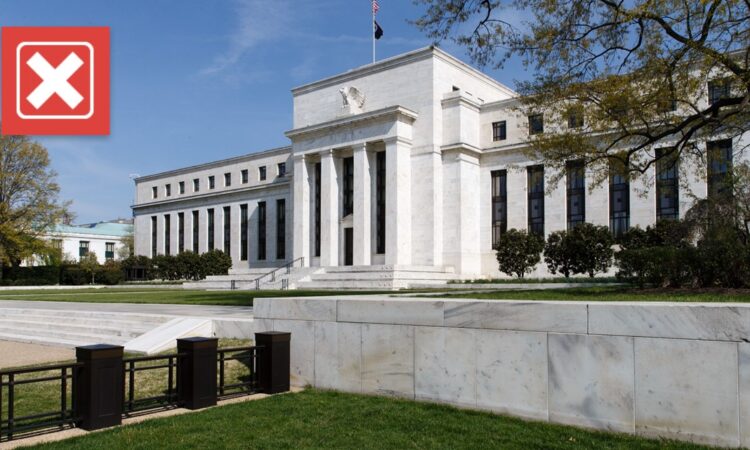
The Federal Reserve announced on March 15 that a payment service called FedNow will launch in July 2023.
That’s led to online claims, including this one from Robert F. Kennedy, Jr., equating FedNow to a central bank digital currency (CBDC).
VERIFY reader Wanda also asked if claims that FedNow creates a CBDC are true.
THE QUESTION
Does FedNow create a central bank digital currency?
THE SOURCES
THE ANSWER
No, FedNow does not create a central bank digital currency.
Sign up for the VERIFY Fast Facts daily Newsletter!
WHAT WE FOUND
FedNow is not the same thing as a central bank digital currency (CBDC), nor does it create one, the Federal Reserve and several experts told VERIFY.
The Atlantic Council, a nonpartisan U.S. think tank, defines a CBDC as digital money “backed and issued by a central bank.” In the United States, that central bank would be the Federal Reserve.
Existing digital money is backed and issued by commercial banks – not the Fed.
The U.S. does not currently have a CBDC and the Fed has not made any decisions on issuing a digital dollar.
Both the Federal Reserve and Steven Schwarcz, a professor of law and business at Duke University School of Law, say FedNow is not a form of currency. It doesn’t create a CBDC, either, as some people online have claimed.
“Rather, it’s merely an electronic system, run by the Federal Reserve, by which money can be transferred between banks more quickly than under prior systems,” Schwarcz said.
If your financial institution participates in FedNow, you’ll be able to “send and receive instant payments in real time, around the clock, every day of the year,” the Fed says.
Former Federal Reserve Chair Lael Brainard said in August 2022 that the service could be “especially important” for households living paycheck to paycheck or “small businesses with cash flow constraints.”
FedNow, as it’s currently envisioned, would allow banks to choose whether they provide the service to their customers – and the implementations would look different across the board, Darrell Duffie, Ph.D., a professor of management and finance at Stanford Graduate School of Business, explained.
An executive order signed by President Joe Biden in March 2022 tasks the Federal Reserve with looking into how a CBDC might be created, and evaluating necessary steps and requirements for implementing one.
But the Fed has not made a decision on issuing a CBDC, and the nation’s central bank says it would not do so without “clear support from Congress and the executive branch, ideally in the form of a specific authorizing law.”
Congress has not passed a law authorizing the Federal Reserve to issue a CBDC.
Some people on social media have also claimed that a CBDC would replace cash and make paper money “worthless.” But that’s not true, either.





